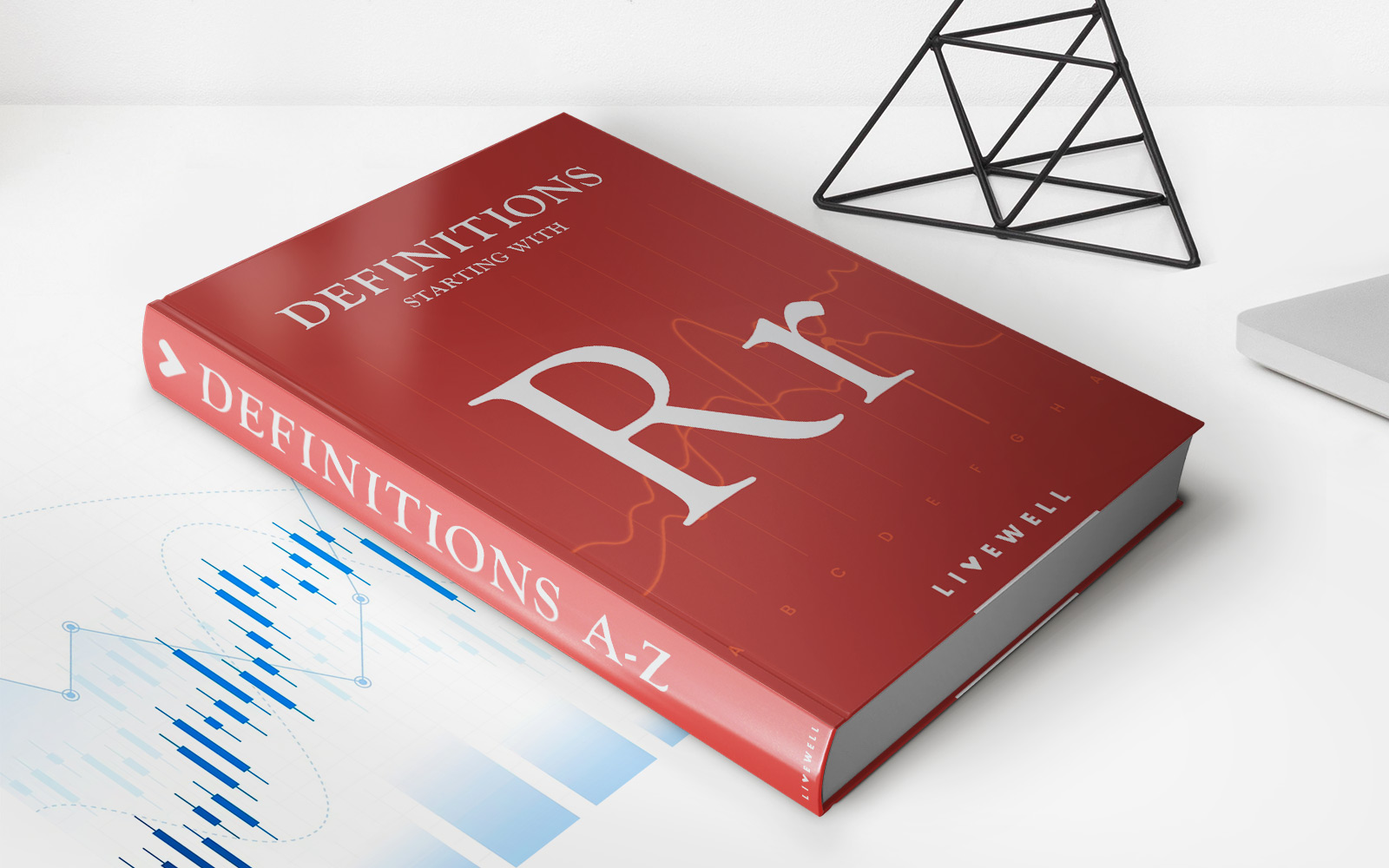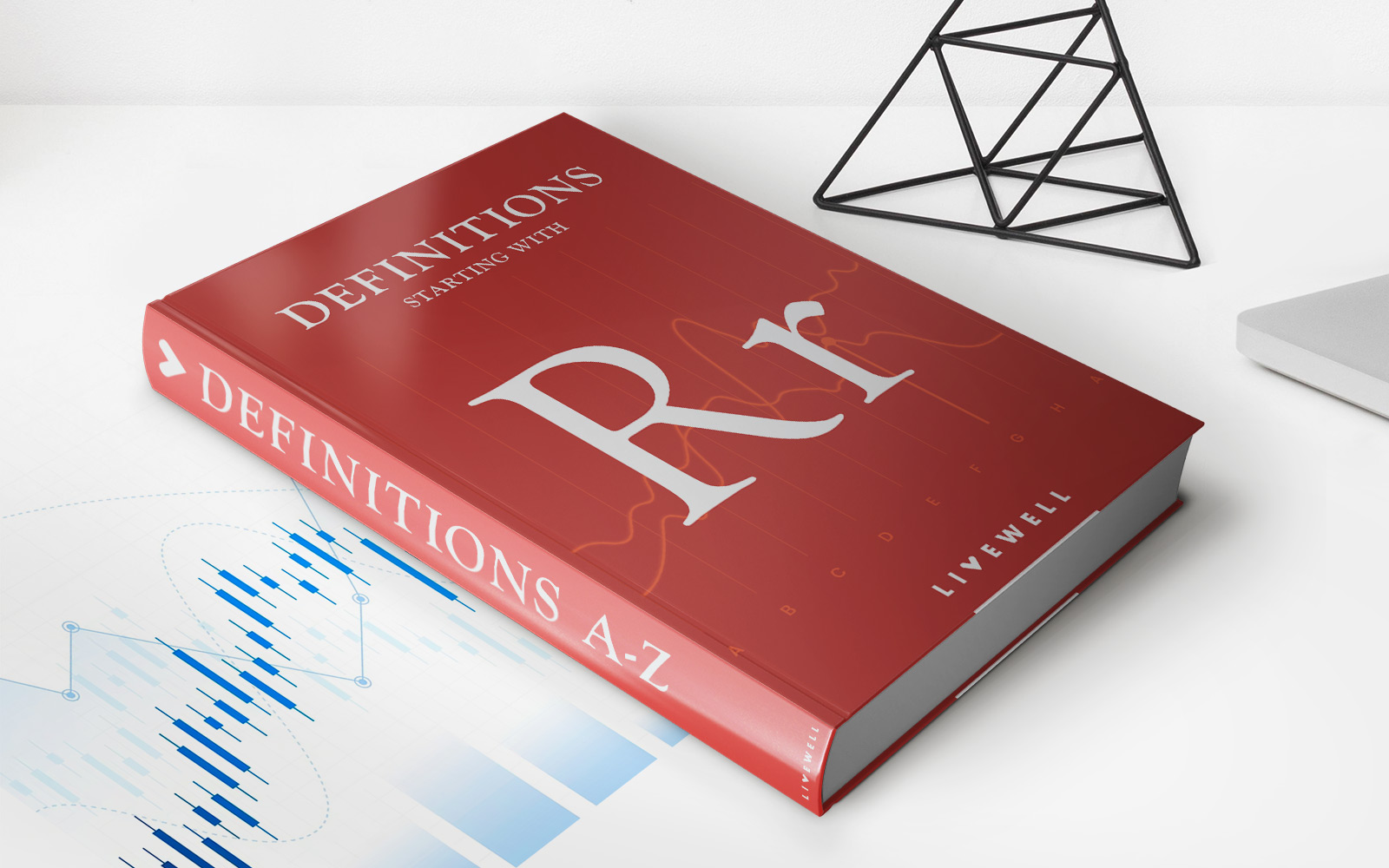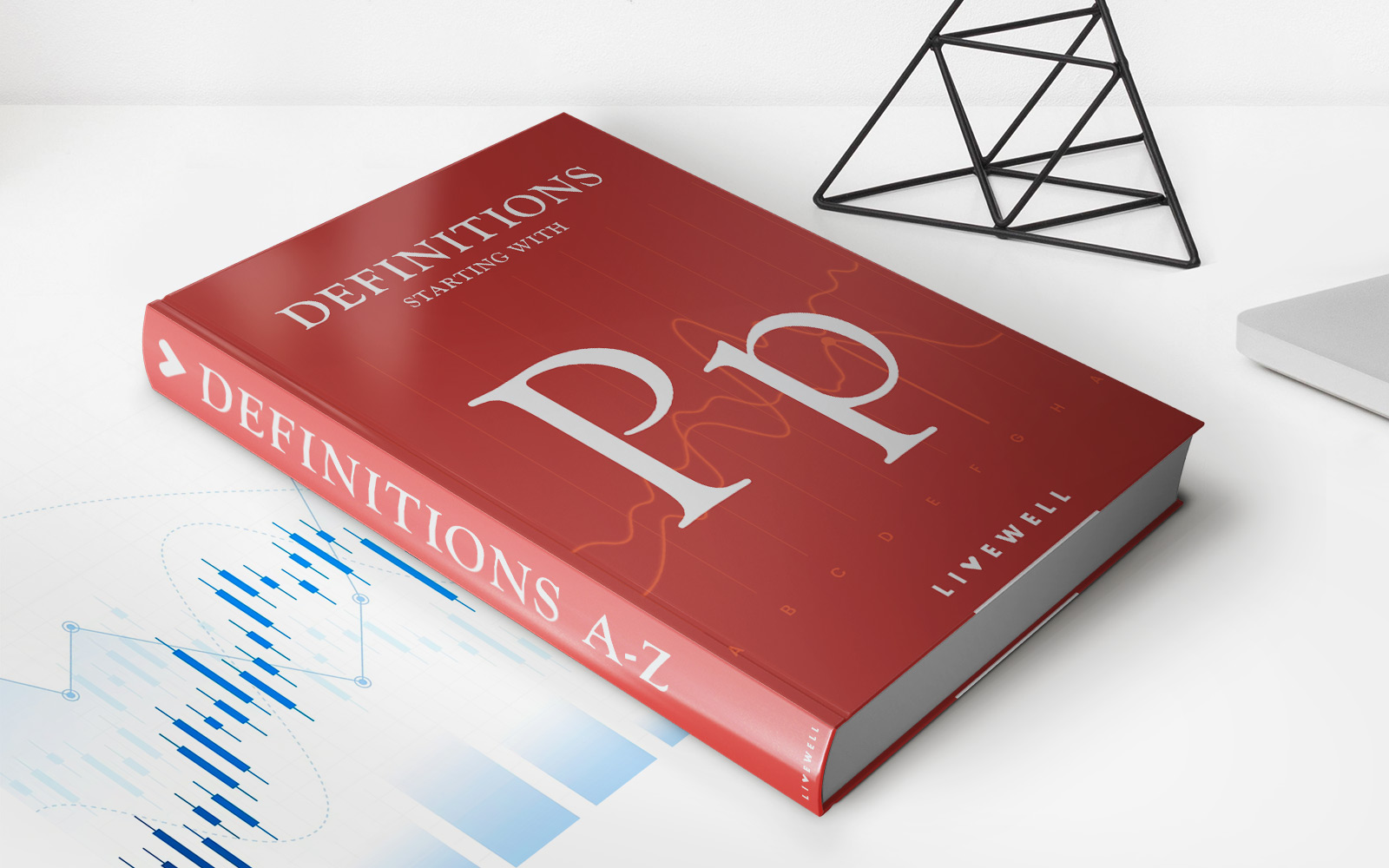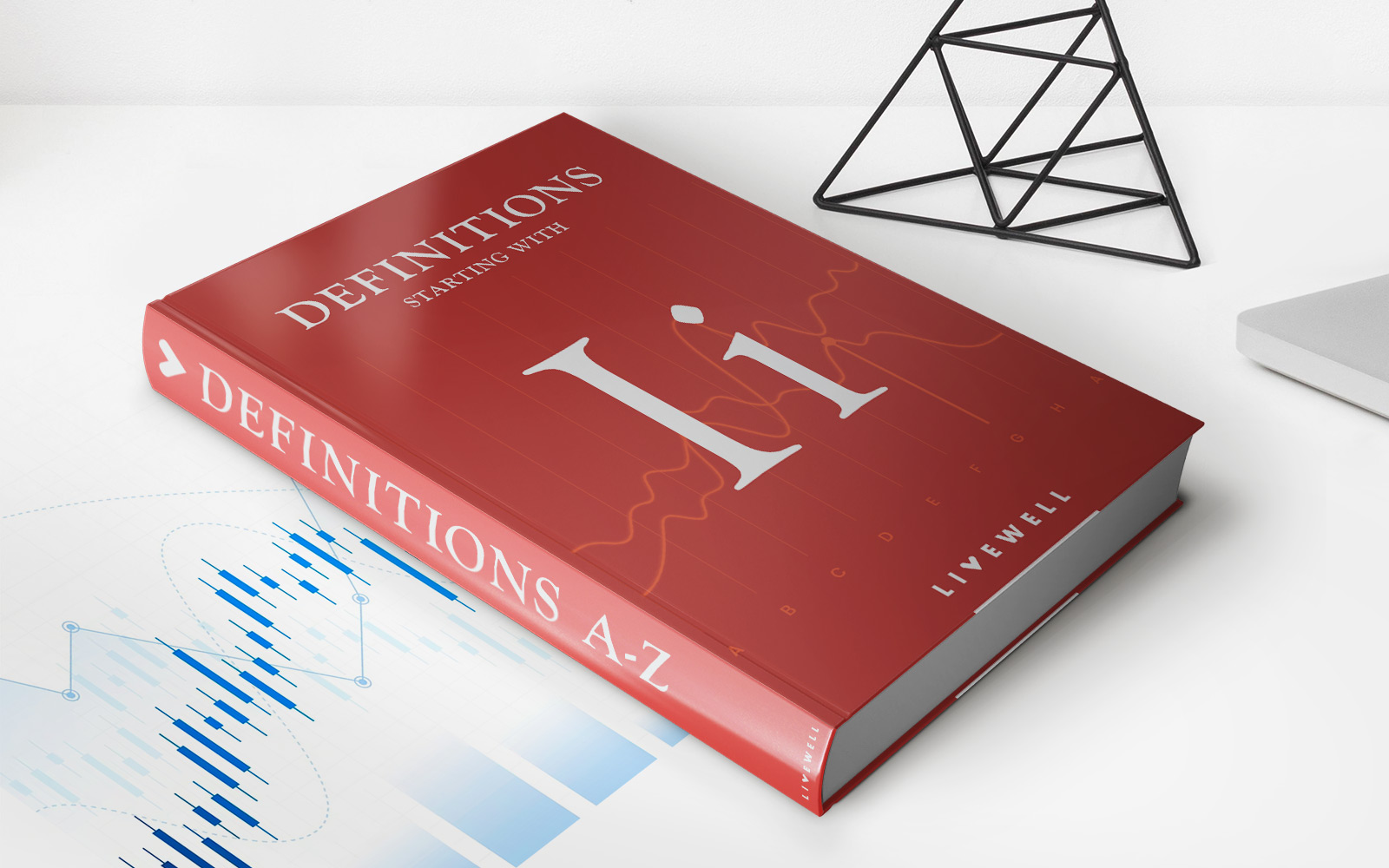

Finance
Residual Interest Bond (RIB) Definition
Published: January 19, 2024
Learn about Residual Interest Bond (RIB) in finance. Understand the meaning, features, and benefits of this investment instrument.
(Many of the links in this article redirect to a specific reviewed product. Your purchase of these products through affiliate links helps to generate commission for LiveWell, at no extra cost. Learn more)
Understanding Residual Interest Bonds (RIBs)
Welcome to our Finance blog! In this article, we will dive into the intriguing world of Residual Interest Bonds (RIBs). If you’ve ever wondered what RIBs are and how they can benefit your investment strategy, you’ve come to the right place. So, let’s get started!
Key Takeaways:
- RIBs are a type of fixed-income investment that offers an attractive risk-reward profile.
- Investors can earn interest on RIBs based on the remaining principal balance of the underlying assets.
What are Residual Interest Bonds?
Residual Interest Bonds, or RIBs in short, are a category of fixed-income investment that often come with lucrative prospects. This type of bond offers investors the ability to earn interest based on the remaining principal balance of the underlying assets. In other words, as the assets held in the bond portfolio decrease over time, the interest payments to bondholders are calculated based on the reduced principal balance. This unique feature sets RIBs apart from traditional fixed-income investments, making them a popular choice among seasoned investors seeking a diverse portfolio.
Residual Interest Bonds are primarily used for securitizing a pool of assets like mortgages, consumer loans, or credit card receivables. The interest payments received by bondholders are generated from the excess cash flows generated by the assets contained within the bond portfolio, after deducting fees and other expenses. The dynamic nature of RIBs makes them an attractive investment option, as they can potentially provide higher yields compared to other fixed-income securities.
Furthermore, the risk-reward profile of RIBs is another aspect that attracts many investors. As a residual interest holder, the bondholder is entitled to receive interest payments after all other senior bondholders have been paid. While this positions RIB holders lower in the capital structure, it also provides the opportunity for higher returns compared to other bond classes.
The Advantages of Investing in RIBs
Now that we have a good understanding of what Residual Interest Bonds are, let’s explore some of the advantages they bring to the table:
- Higher Yield Potential: Due to the unique payment structure based on the remaining principal balance, RIBs have the potential to provide higher yields compared to traditional fixed-income investments. This can be particularly appealing for investors seeking income generation.
- Diversification: By including RIBs in your investment portfolio, you can enhance diversification. The underlying assets can consist of various types, such as mortgages, loans, and receivables from a range of sectors, adding another layer of risk diversification to your investment strategy.
Overall, Residual Interest Bonds offer an intriguing opportunity for investors looking to add a dynamic and potentially higher-yielding investment to their portfolio. While they may carry some additional risk, the potential rewards and diversification benefits make them an attractive choice for those with a keen eye for investment opportunities.
We hope this article has shed some light on the world of RIBs. If you have any further questions or would like to explore this investment option further, feel free to reach out to our expert advisors who are here to assist you on your investment journey.














